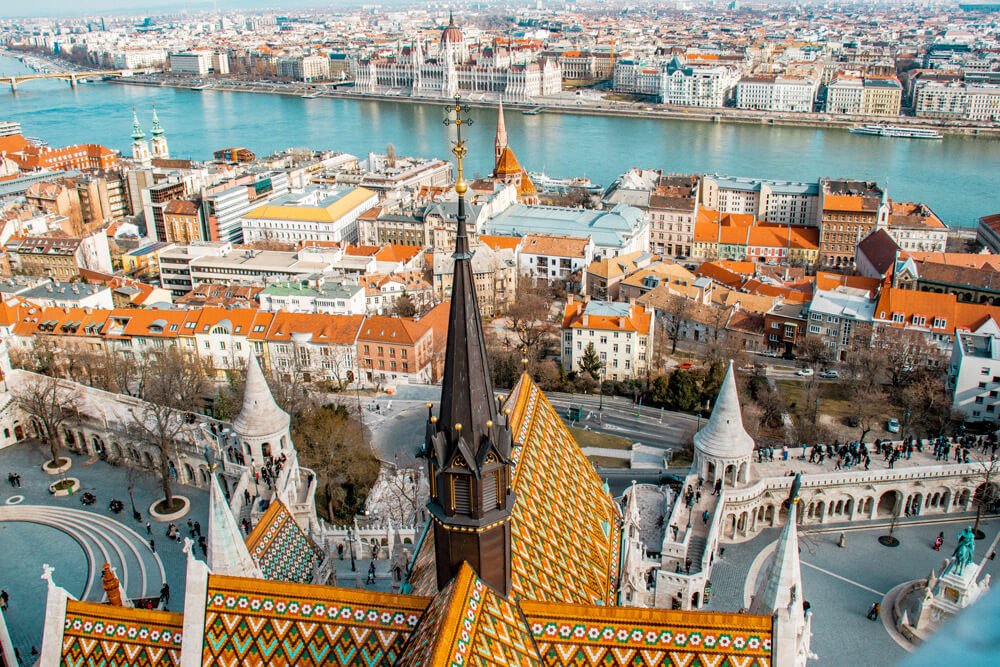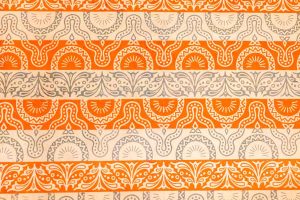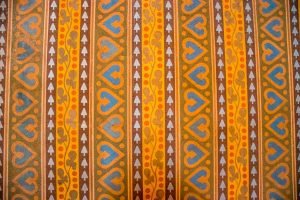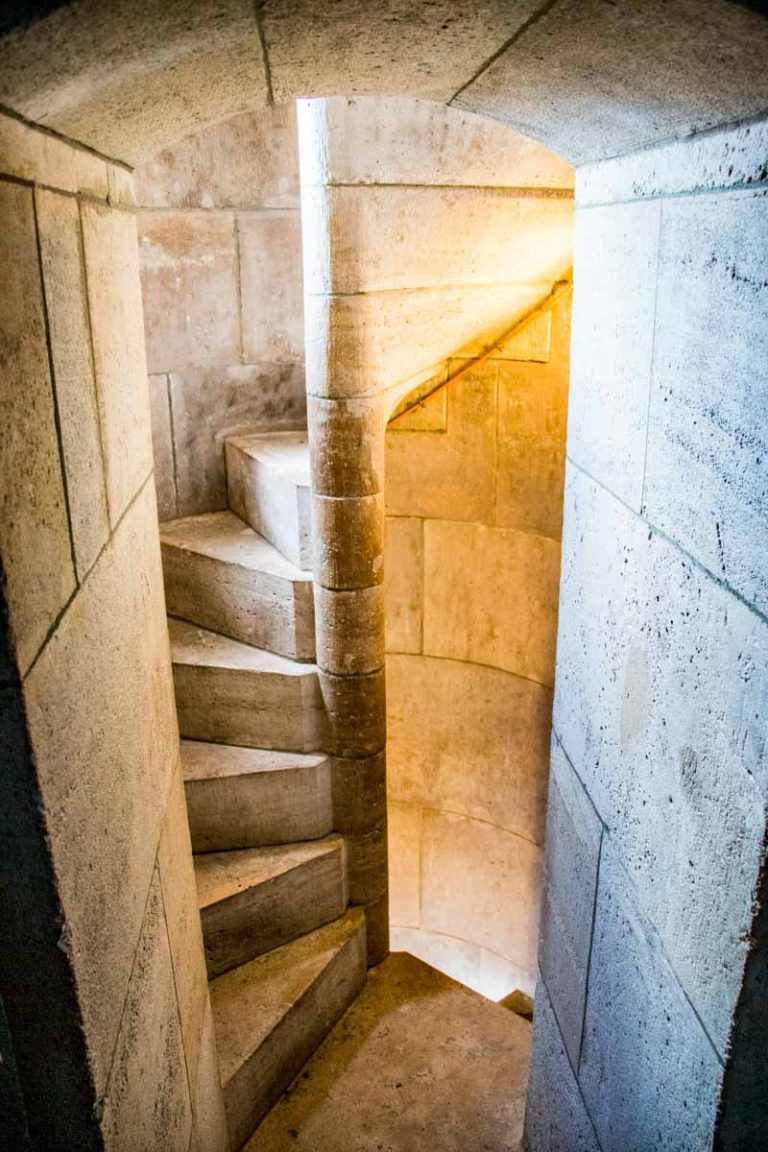Join me to discover the history, the secrets and stories of Matthias Church, the church that has witnessed the shaping and history of the Castle Hill and Budapest itself.
Did you know? Matthias church is the only Catholic Church in the Castle District still in use.
It was King Béla IV who started its construction of the Castle Distric as a siege-proof residence against the Mongol invasion.
Matthias Church was originally named after Virgin Mary, protector of Hungary as King St Stephen offered her the crown, but today the church is known as Matthias church, deriving from the fact that King Matthias Hunyadi (1458 – 1490) held both of his weddings here. The golden age of Buda came under his reign.

Matthias is the favorite king of many Hungarians.
He was the son of legendary John Hunyadi, the ingenious military opponent of the Ottoman Empire, the Governor of the Hungarian Kingdom, the Voivode of Transylvania, crowned the king of Hungary without a royal blood line.
His son, Matthias quickly became an inevitable hero of folk-tales and folk-songs.
A king, who disguised himself as a peasant, roaming the countryside punishing the bad, rewarding the good, giving justice to the suppressed poor, and publicly shaming the powerful and arrogant.

Story time
Legends say the as Matthias went to the forest once dressed as a huntsman, she met a young girl and fell in love. The King did not reveal his identity. He invited the girl to the palace. As the girl, named Ilonka, arrived to Buda, she realized that his sweetheart is the King himself. The young girl thought that it is a hopeless love and she died in grief.
This story is visualized at Matthias Fountain, in a courtyard of the Royal Palace. In the centre of the scene, Matthias is dressed as a huntsman, some of his huntsman surround him. On the right is the young Ilonka, stroking her tame doe.
(According to the legend, even Ilonka’s old father died, as he found out what had happened to his daughter.
What a nice story. Fortunately the King came to grips quickly…)
Of course nothing is true from these tales, but the fate of the country under his realm regained it’s peacefulness and started to prosper internally, while he was successfully conquering abroad.
Matthias’ first wife, Catherine, daughter of the neighboring Czech king, was only 13-year-old at the time of their wedding. Not a big surprise that poor girl soon died during childbirth. She was buried in the Blessed Virgin and Saint Sigismund Royal Chapel that was erected about 1410. The remains of chapel’s walls and a memorial plaque of her grave still can be seen in St George Square.
Matthias decided to re-marry a few years later. He asked for the hand of Beatrice, the Italian ruler’s daughter, hoping to find ally in the King of Naples.
Matthias initiated the renaissance culture in Hungary, reclining upon his Italian wife, who arrived to Hungary with a huge party of artists, architects and writers. Buda became a flourishing city full of life and a population about 8000.
Matthias’ both weddings were held in Matthias Church and both brides were led into the church through the Bridal Gate (that is the main entrance today at the south side of the church.
The golden era of his realm was short-lived because he died without a legitimate heir. After his death the power of the country started to decline quickly.
The construction and history of Matthias church
The church was expanded by king after king. The octagonal tower was constructed by Matthias and his coat of arms was added in 1470.
The coat of arms on the tower is a replica of the original inside the church.
The battle flag were blessed in this church and the flags of the defeated were hung here, too.
After the death of Matthias, Buda was seized by the Ottomans, who immediately turned the church into a mosque. All the altars and pictures of saints were destroyed, coffins of the dead were removed from their tombs, all the interior decorations pruned down, flags burned to their ashes. Only one statue escaped the devastation, a Madonna statue that was immured and was forgotten during the following decades.
Muezzin called to prayers instead of bells.
145 years later, in 1686 during the recapture of Buda the Pope encouraged the Army of the Sacred League with prophecies uttered: BVDA (Budam Virgo Dabit Auxilium) that means ‘Buda the Virgin Mary will assist you’.

On 2nd September, a huge exposition happened in the Palace.
Because the Turkish used the building as a gunpowder storage, the explosion was so huge that even in Matthias Church the stone wall which had been built in 1541 to hide the Madonna statue fell. The Turkish panicked seeing that the Lady of Hungarians reclaimed her church. By that night, the Castle had been taken over by the Christians. Virgin Mary truly helped. 😉
150 years later, the Habsburgs turned it back into a church again and the German congregation started to use it.

Matthias Church regained its glory and current appearance during the city developments of the Millennial celebrations.
Between 1873 and 1896 it was restored by Frigyes Schulek, whose dream was to retain what was inherited from the past.
The row of chapels along the north wall was added by him, and it is the chapel where the tomb of Béla III and his wife lays. It is the only medieval tomb of a king that survived the adversity of the centuries.
Schulek kept the original tower intact up to the 3rd floor, but from there he finished it by his own plans.
During the WW2 the church was severely damaged. A bomb fell right next to the organ but luckily it did not explode. But the roof was completely destroyed. The crypt was used as a kitchen by the germans, while the Russians used the sanctuary as a stable.
The last reconstruction on the church was done between 2004 and 2013, while the bells were reconstructed in 2010-2011.
Some of the most interesting parts of Matthias church
Matthias Church has two gates on it’s sunny and warm south side.
Bridal Gate
The Bridal Gate (that I have mentioned before) is the one closer to the chancel.
Mary Gate

At the foot of the bell tower you can find the atrium reconstructed by Schulek, inside of which is the largest, more or less untouched medieval fraction of the building: the southwest Mary Gate built by Louis the Great.
In the lower area the dying Virgin is on her knees among the apostles, while the top part shows Christ welcoming the soul of his mother, the Virgin Mary represented by a baby.
Memories from the Hunyadi House

The shield of Matthias from 1470, which was originally placed on the tower, shows the King’s portrait, and today it is hanging on the inner wall of the bell tower, between two frescos of black knights by Bertalan Székely.
The bottom of the Bela Tower

The oldest column heads in the church are at the bottom of the Béla tower: two short column heads from 1260 showing monks reading a book and demonic animals fighting each other. These carvings are the oldest pieces of stonework which can be found in their original place in Budapest.
The round window behind the Neo-Roman baptising fountain designed by Schulek shows a scene from the Apocalypse of St John: the Lamb of God and the sealed book, while the deer running to springs.
Saint Imre Chapel
Following the Baroque tradition, Schulek built a chapel in Neo-Gothic style to praise the first Hungarian sacred family: King St Steven, Blessed Queen Giselle and Prince St Imre, who had died in his youth (1007-1031).
The Tomb of King Bela III (1172-96)

The remains of Béla III, one of the most talented kings in the Árpád House, and Anna (Chatîllon) of Antiochia, found in Székesfehérvár, were buried in the chapel.
This is the only royal couple whose bones were not thrown out by the Turks from the royal cathedral of Székesfehérvár.
Béla was an outstanding member of the family of sacred kings, and he was grandfather of Béla IV, founder of our church, St Elisabeth of Árpád House and St Agnes of Prague.
Béla III was a very tall man, almost 2 meter high. 🙂
The lion laying at his feet symbolizes power and the dog at Anna’s feet stands for faith and loyalty.
Saint László Chapel

Károly Lotz’s fresco showing scenes of the life of the knight and king, who was even more widely liked and respected than St Steven, and ruled between 1077-95.
He was “Elegantissimus rex“, the most elegant European king.
The Main Altar

Right in the middle of the main chancel.
There is a cross also created by Schulek, two scenes from the life of Mary on the sides.
The higher section of the altar is dominated by Our Lady with the crown, floating in a wreath of light.
On 15th August 2000 the Lady of Hungarians was crowned with a duplicate of the sacred crown, with the Pope John Paul II’s approval and blessing. It was brought on foot from Rome by members of the church community.
In 1991 Pope John Paul II visited Matthias Church, he administered a vesper ceremony, addressed a speech to the young people preparing for their profession and spent some time among them. He was sitting in the throne you see on the left of the main altar.
The flags of Matthias Church
From the main aisle you see flags hanging from the columns of the church, brought to Buda by representatives of the counties for the coronation of Francis Joseph. The message of these banners: the church does not want to be the heart of only Hungary within the borders, but the heart of all Hungarians.
Windows

The huge glass windows, which were made according to the plans of Frigyes Schulek and Bertalan Székely.
The middle window shows scenes from the life of Our Lady, the Virgin Mary, and at the bottom there are shields of the kings who built the church.
The two side windows are dedicated to remind us the two sacred families, St Steven’s and King Béla IV’s.
Two of the most prominent saints of this second sacred family are looking down at us from the windows: St Margaret, daughter of Béla IV on the east (Margaret Island was named after her), and her sister, St Elisabeth of Árpád House.
Beautiful paintings of Matthias Church



The organ

The church organ is a huge 5-manual instrument with around 7000 pipes; it was built in 1909 and redesigned in 1931 and 1984. The choir organ on the ground floor can also be operated from the keyboard.
This outstanding concert organ is used in around 80 concerts every year, besides regular liturgical use.
Zsolnay tiles on top of Matthias Church

The roof of the church is covered with beautiful hexagonal patterns of colored tiles made in the famous Zsolnay porcelain factory.
Two rows of dragons spit out the rainwater on the corners of the Matthias tower and witches, small animals (cats, dogs and bats) sit on other parts of the building.
Lookout point in the tower of Matthias Church

You can climb to the top of the church for a spectacular view of the whole city!
Tours start every hour. You must buy the tickets in a ticket office right in front of the church.
About 20-25 people is allowed to climb up the tower in each group. The guide will give you some information about the tower in a small room that is the first stop upwards. After this stop you are free to climb at your own. The guide will wait for the group at the top. (At the same time, at the bottom there is someone who do not let anybody in to make the descend possible.)
Because the staircase is very narrow, it is not possible to move in both directions at the same time. The guide will tell you if you can start to descent (after everybody reached the top).

I do not recommend it for those who are claustrophobic or has any kind of anxiety. The start of the stairs is the widest part, at the top it is narrower and the stairs are also becoming smaller and smaller.
This is the door where you enter the tower to begin the climb:

There are 3 stops, 3 little rooms where you can have a rest if you need it. The first room displays an old gargoyle, the old arrester and bell, while in the upper rooms you can have a close look at the bells.
The total height of the Matthias Tower is 78,16 meters. 197 stairs lead up to the panorama terrace, that is at 46,73 meters high.

There are 6 bells in the tower, placed at two levels, with 4 bells on the lower level and 2 on the upper level, among these 2 are old and original, while 4 is new (4 of the originals disappeared during the WW2, probably they were smelted into weapons – it is extraordinary sad that church bells were turned into weapons, isn’t it?)
Among the bells the biggest one is the ‘Christ Bell’ that is 4400 kg (9700 lb). It was made by Rudolf Perner in Passau in 2010. It is so big and strong the if the weather is clear it can be heard from far-far away.
But this bell rings very rarely, only once a year. Statically it is stable, it’s pendulum system works properly, but it vibrates the limestone on molecular level and it damages the structure. Unfortunately the engineers did not think about this.
Hussar Tower

The Hussar Tower that is the black (actually try dark brown) little tower is a copper-covered wooden structure was added to the church by Mr. Schulek. The Tower sits on the spine of the roof like a Hussar sits on his horse.
During the renovation of the church, a time capsule were found in copper barrel. The barrel’s content is displayed in the lower room of the tower. In 2013 two new capsules were placed there, but their content is a secret, only descendants will know its content.
Raven
Have a look at the raven, sitting on one of the towers with a golden ring in its beak.
The raven was the the heraldic animal of King Matthias’ family. According to the legend, when the young Matthias was in captivity in Prague, his mother sent him letters with a raven.
There is even a 18 verse poem about this legend, wrote by János Arany, one of the biggest Hungarian poets. Every little school-child must learn this poem by heart. My daughter is still able to recite it even if she is waken up in the middle of the night. Not deliberately, honestly. It wasn’t her who demanded to learn it. 🙂
Story time
Franz Joseph and Elisabeth were crowned King and Queen of Hungary in this church in 1867. During the ceremony the Coronation Mass was performed, composed especially for this occasion by Franz Liszt. He was not invited, he was not noble descent. (Actually, he was there, sitting on the organ balcony and left before the event finished. Shame.)
The last king of Hungary, also coronated in Matthias Church:
When Franz Joseph died in 1916 he had no living heir. His son committed suicide, his nephew, Franz Ferdinand who would have been the next in the line of hires had also died in 1914, when fallen victim to the assassination that sparked the WWI.
The throne went to Archduke Charles, who was the last king of Hungary, and the last one whose coronation was held in the church and finally, not the Austrian, but the Hungarian anthem was sung.
Today the church is one of the most visited sites in Budapest, and also a very fashionable wedding place for successful Hungarian entrepreneurs and international – often far-east and Russian – couples who flock here from their far-far away homelands to wed here.
From spring to fall, the square in front of the church is packed with both small and enormous tourist groups and on Saturdays also with brides, grooms and photographers.
Seeing 3-4 brides at the same time, promenading stylishly in front of the church and the Fisherman’a bastion is absolutely not uncommon.
Peeking out of the green bushes – while Matthias church ensures the background – to give a chance to the photographer to catch a once in a lifetime, candid portrait is an another idea that has already been rode to the death.
All in all, that was once the heart of medieval Buda, today it is one of the best places to show off in front of the masses.
But it is okay. More, than okay.
It is good to see that this remembrance of time was able to find it’s new role in the XXI. century, enjoying it’s regained beauty. I can’t imagine how many fireplaces and walls are decorated by it’s photograph around the world. But the thought warms my heart.
Tip: There is a touchable tactile map that depicts Matthias Church and its surrounding areas, giving the visually impaired and the children the opportunity to learn the sights of the area by touching it. It is located between the church and the closest bus stop, by the arch of the bush-row.
Attractions near Matthias Church
How to get to Matthias Church
The most fun (and most expensive) way to get to Matthias Church is by using the Funicular from Chain Bridge. From there, it takes about 10 minutes to walk to the church.
There is also a public bus (no.16 or “Várbusz”) from Deák Ferenc square (center of downtown Budapest). Take off at Szentháromság square and the church will be right in front of you.
Share this post with your friends! 🙂

You might be interested in these posts, too:








